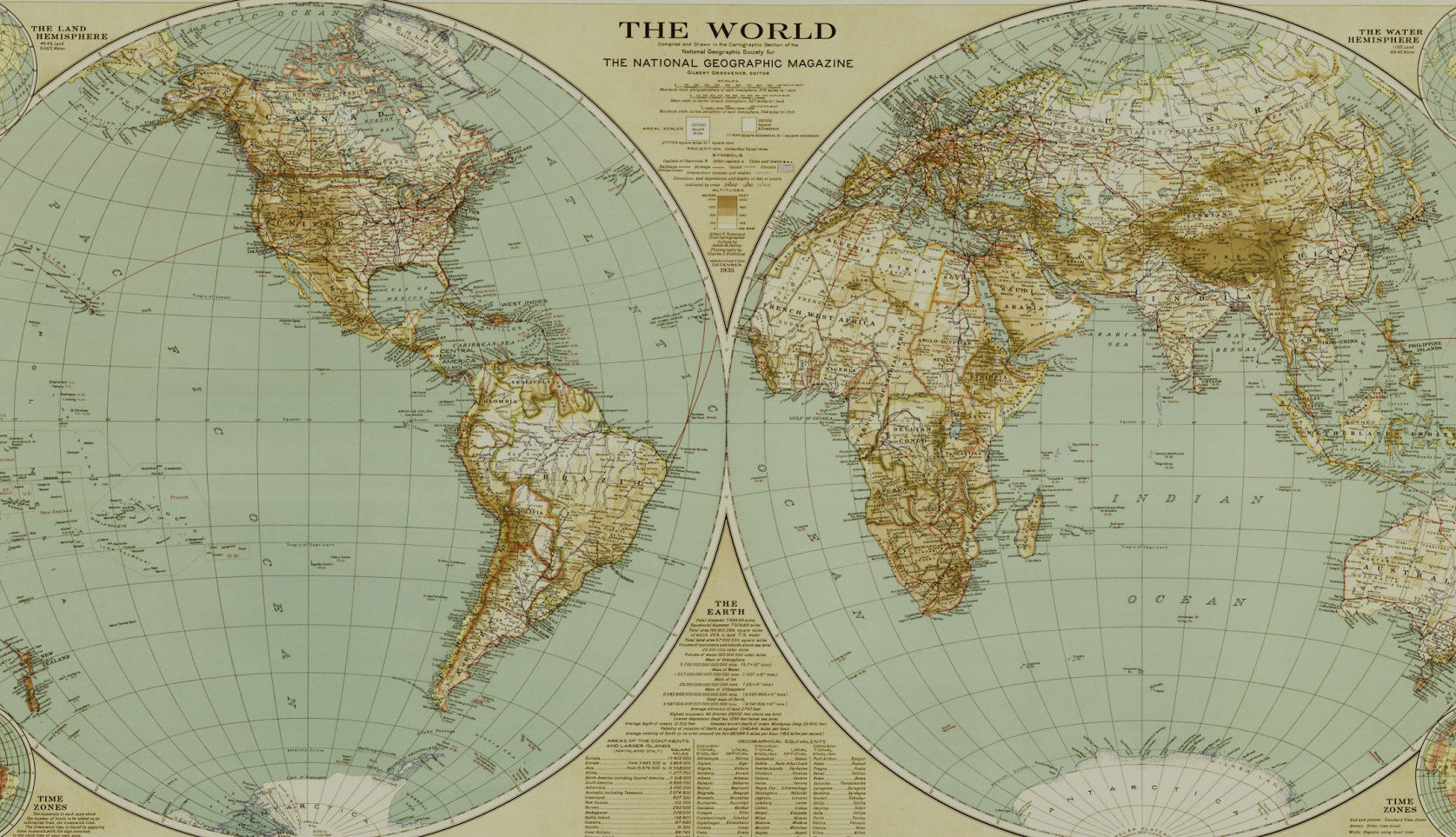Visiting an ancient Mayan city was top on my list of priorities for my month in Mexico. So, after my first week of fieldwork I boarded a bus to Chichén Itzá on the Yucatán Peninsula.
Chichén Itzá was the capital city of the ancient Maya-Toltec culture and while it flourished from the Late Classic to the Postclassic period it was one of the largest Mayan cities (c. AD 600-1200). There is archaeological evidence of occupation on the site dating to 150 BC, but the city really began to blossom around 550AD. The great monumental buildings which we can visit as ruins today generally date to between 800AD and 1100AD. At its height the city stretched across 25 km2 and before it’s collapse could have been home to upwards of 30 000 people!
The earliest European description of the site was recorded by Fray Diego de Landa in the 16th century. In 1843 John L. Stephens and Frederick Caherwood published “Incidents of Travel in the Yucatan”, effectively showcasing Chichén Itzá to the rest of the world for the first time. Archaeological investigations and reconstructions of the site have been going on ever since.
Today Chichén Itzá is a Unesco World Heritage Site and is easily accessed by tourists. I arrived by the earliest morning 2nd class bus from Valladolid (26 pesos one way) and so beat the throngs of tourists from resorts who tend to start arriving after 10am. Once through the ticket queue there is a short walk on a path lined with local handicraft vendors. Another bonus of arriving first thing in the morning is that the vendors are just setting up! They are all very friendly but are also business-people and throughout the day their methods of getting your attention become more noticeable. The sheer number of vendor’s also increases over the day and I strongly suspect this is directly linked to the crowds of resort-based tourists who arrive in the afternoon.
When you walk onto the site proper El Castillo dominates your view. This is the 24m high square-based pyramid built in the Mayan-Toltec style also known as the Temple of Kukulkán. The plumed serpent Kukulkán was a deity likely introduced during the 10th century from Central Mexico. Although initially known as the Vision Serpent that served as a messenger between the king and the gods, at Chichén Itzá Kukulkán came to symbolise the divinity of the state. On the spring and autumn equinoxes the sun projects shadows onto the northern façade that wriggle down the staircase, a phenomenon said to represent the serpent Kukulkán descending the stairs to initiate the agricultural cycle.
Turning to your left away from El Castillo (north) you can see the Great Ball Court. At 168 x 70m the Chichén Itzá Ball Court is the largest and best-preserved in Mexico! The ball game was likely played by hitting the ball with the hip and trying to keep it in play. It is said that there was a dire punishment for losing… The court itself may have represented the cosmos and the players the divine forces that move the stars (symbolised by the ball).
When you exit the Ball Court you pass a low flat monument. This is the Tzompantli, in the Náhuatl language this translates as “row of skulls” and that is exactly what you can see. On top of this platform the skulls of captured and decapitated warriors were displayed. This is a huge structure and I can’t imagine how it would have appeared piled high with the skulls of captured warriors and sacrificial victims.
The Chichén Itzá complex is composed of many intriguing monuments decorated with stunning carvings. However, in a sea of square based structures stands the round, dome-topped Observatory or El Caracol. It is called the Observatory because of the thirteen windows which line the second story of the main columnar building (perhaps constructed to make astronomical observations). Its other name, El Caracol, relates to the spiral staircase within this structure which reminds many of the inside of a conch or caracol shell.
One of my favourite buildings is the Church located at the far south of the site. This heavily decorated structure is known as one of the most beautiful in the Chichén Itzá complex and after seeing it first-hand I have to agree. There are many sculptural elements to the building but the frieze of large masks of Chaac, the long-nosed rain god, interspersed with representations of the four bacabs (cardinal directions) dominates the façade. The four bacabs, represented by the armadillo, the snail, the turtle, and the crab, had the important job of holding up the sky.
There was so much to see at Chichén Itzá and I have only scratched the surface here! After a full day of walking around the extensive site I was overwhelmed by the level of preservation and beauty of the structures and carvings. If you are planning a visit or would like to know more these websites are a good place to start:
Chichén Itzá: Official Unesco Website
Chichén Itzá: National Geographic Travel
